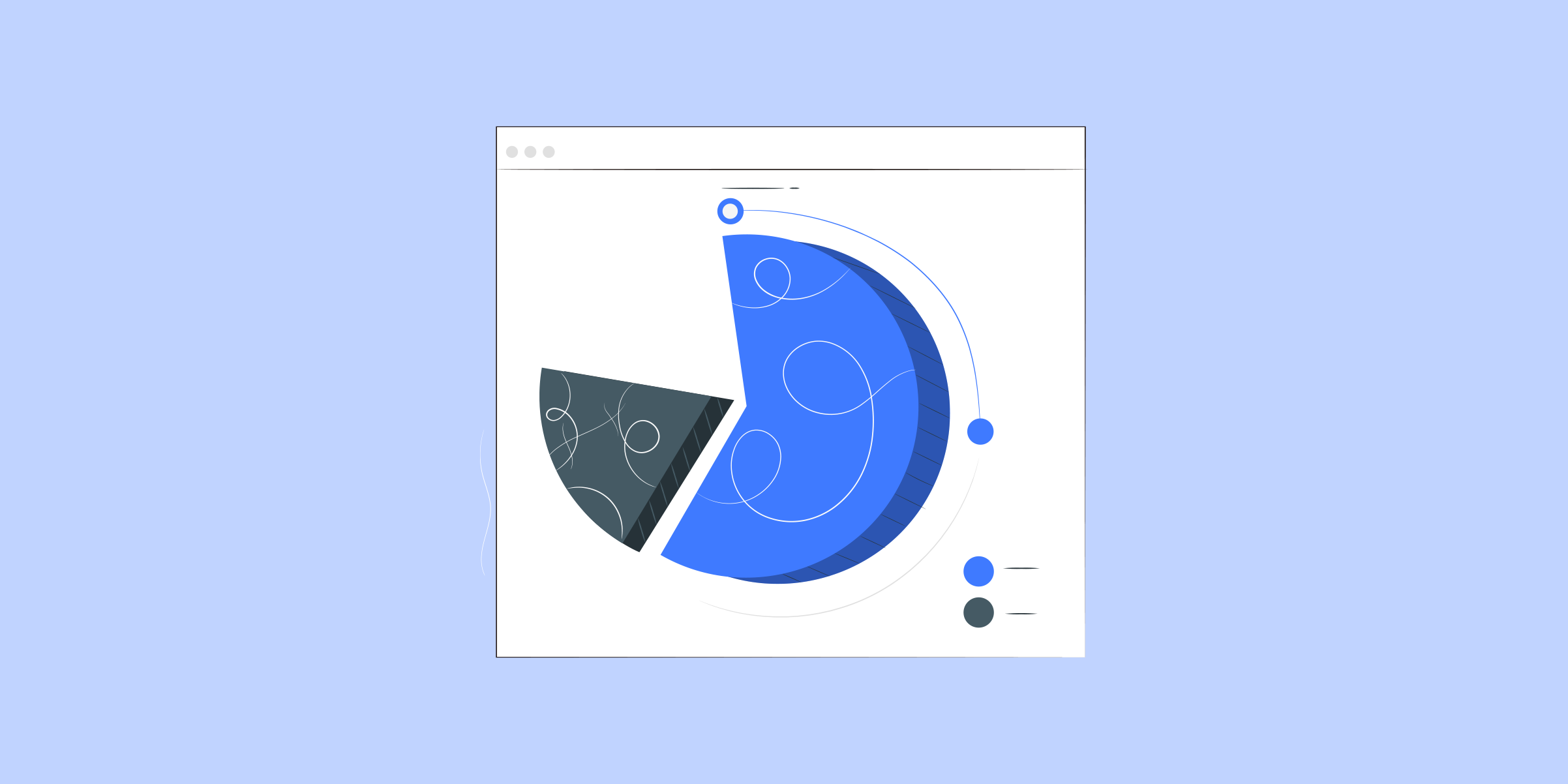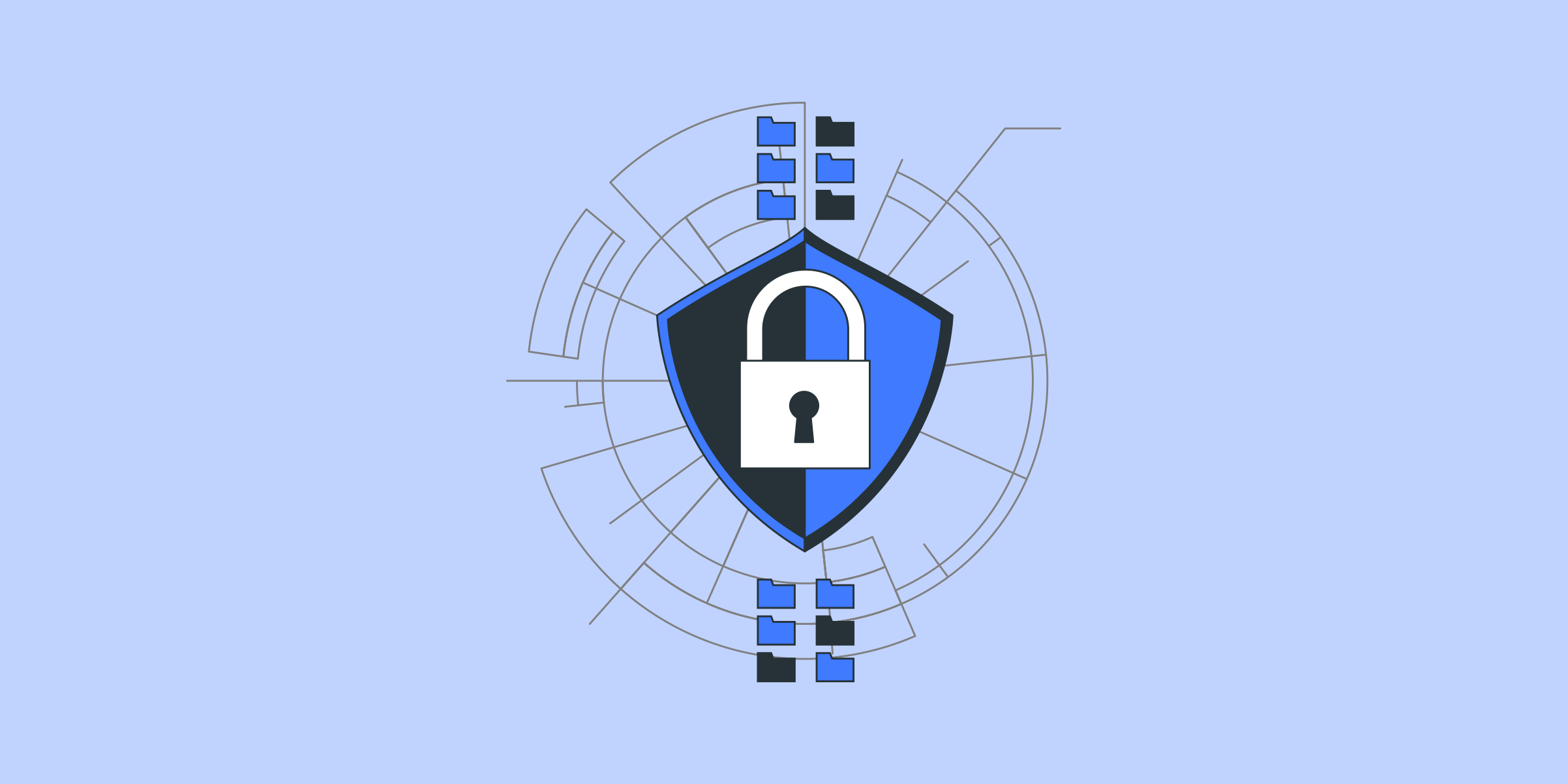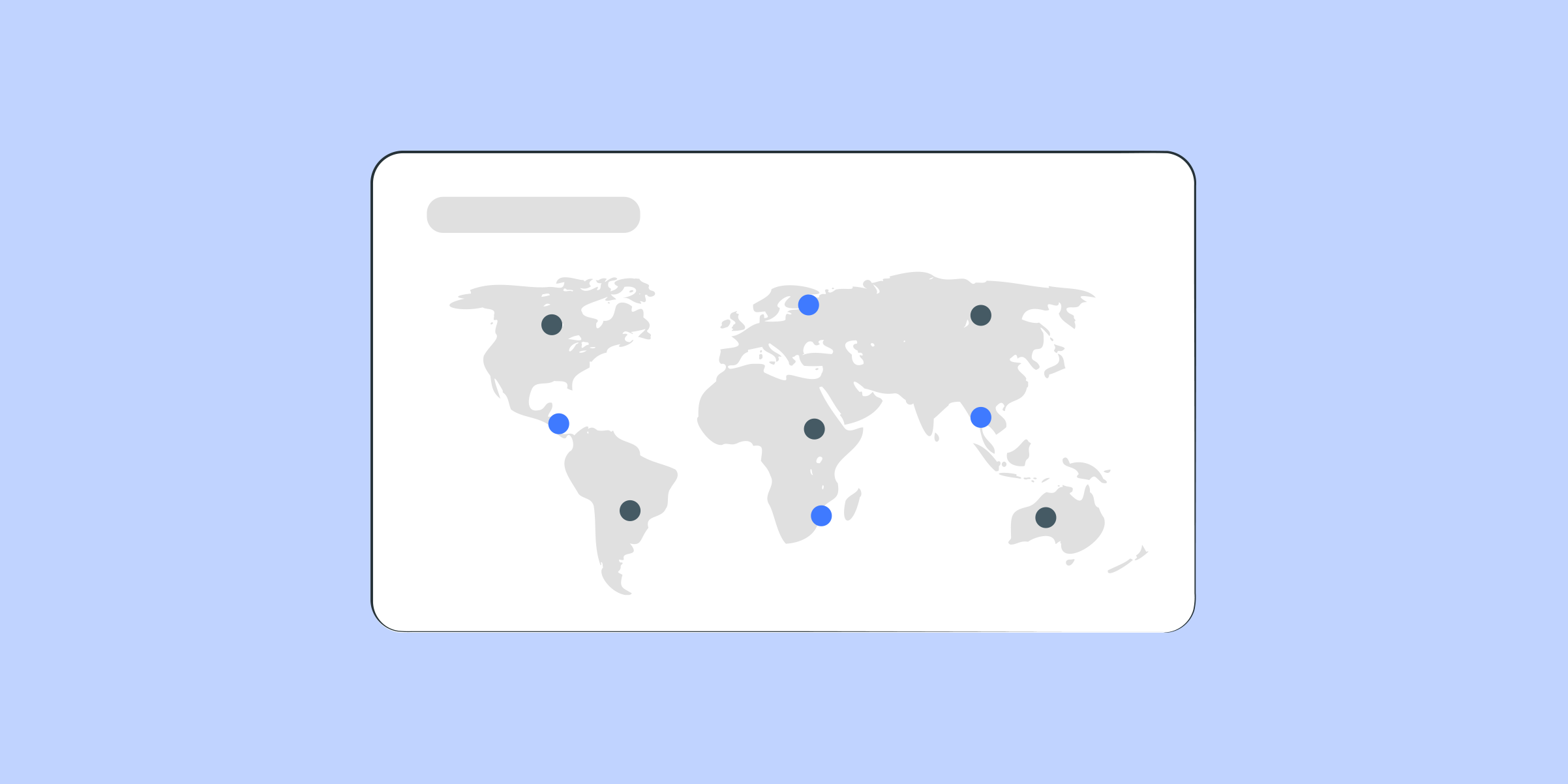Residential Proxies
Allowlisted 200M+ IPs from real ISP. Managed/obtained proxies via dashboard.

Proxies
Residential Proxies
Allowlisted 200M+ IPs from real ISP. Managed/obtained proxies via dashboard.
Residential (Socks5) Proxies
Over 200 million real IPs in 190+ locations,
Unlimited Residential Proxies
Use stable, fast, and furious 700K+ datacenter IPs worldwide.
Static Residential proxies
Long-lasting dedicated proxy, non-rotating residential proxy
Dedicated Datacenter Proxies
Use stable, fast, and furious 700K+ datacenter IPs worldwide.

Web Unblocker
View content as a real user with the help of ABC proxy's dynamic fingerprinting technology.
Proxies
API
Proxy list is generated through an API link and applied to compatible programs after whitelist IP authorization
User+Pass Auth
Create credential freely and use rotating proxies on any device or software without allowlisting IP
Proxy Manager
Manage all proxies using APM interface

Proxies
Residential Proxies
Allowlisted 200M+ IPs from real ISP. Managed/obtained proxies via dashboard.
Starts from
$0.77/ GB
Residential (Socks5) Proxies
Over 200 million real IPs in 190+ locations,
Starts from
$0.045/ IP
Unlimited Residential Proxies
Use stable, fast, and furious 700K+ datacenter IPs worldwide.
Starts from
$79/ Day
Rotating ISP Proxies
ABCProxy's Rotating ISP Proxies guarantee long session time.
Starts from
$0.77/ GB
Static Residential proxies
Long-lasting dedicated proxy, non-rotating residential proxy
Starts from
$5/MONTH
Dedicated Datacenter Proxies
Use stable, fast, and furious 700K+ datacenter IPs worldwide.
Starts from
$4.5/MONTH
Knowledge Base
English
繁體中文
Русский
Indonesia
Português
Español
بالعربية

How to use curlrc and proxy for advanced web scraping
In the world of web scraping, curl is a very popular command line tool. It allows developers and data scientists to automatically retrieve information from websites and APIs. However, when using curl for web scraping, it's important to ensure that your requests are anonymous and not blocked by websites. This is where the .curlrc file and proxies come into play.
Let's take a look at what .curlrc is first. The .curlrc file is a configuration file for curl that allows you to set various options and parameters for your requests. By using this file, you can avoid typing the same command line options over and over again.
One of the most useful options that can be set in the .curlrc file is the proxy option. A proxy acts as an intermediary between your computer and the website or API you are accessing. It allows you to send your requests through another IP address, effectively hiding your true identity. This can be incredibly useful when scraping websites, as it helps you avoid IP blocking and other forms of detection.
To use a proxy in Curl, you need to know the proxy address and port number. You can get this from various proxy service providers, or set up your own proxy server. Once you have the proxy information, you can add it to the .curlrc file like this
proxy = "http://proxy_address:port
Replace "proxy_address" with the actual address of the proxy server and "port" with the appropriate port number. Save the .curlrc file and you're ready to use the proxy for your curl requests.
Now let's look at some best practices when using proxies for web scraping with curl:
1. Use rotating proxies: Websites often have rate limits or block IP addresses that make too many requests in a short period of time. To get around this, it's a good idea to use rotating proxies. These proxies automatically switch to a different IP address after a certain number of requests, ensuring that no single IP is making too many requests.
2. Test the proxy before you use it: Not all proxies are reliable, and some may have slow speeds or be blocked by certain websites. Before using a proxy, it's important to test its speed and reliability using tools like curl itself or online proxy testers.
3. Use multiple proxies: Using multiple proxies in rotation will further increase your chances of successful web scraping. If one proxy gets blocked or becomes slow, you can switch to another without interrupting your scraping workflow.
4. Understand the legal implications: While web scraping is a common practice, it's important to understand the legal implications and follow ethical guidelines. Make sure you are not violating any terms of service or infringing anyone's copyright when scraping websites.
In summary, using the .curlrc file and proxies can greatly enhance your web scraping capabilities with curl. By configuring your requests with the proxy option and following best practices, you can scrape websites anonymously and avoid detection. Just remember to use proxies responsibly and follow legal and ethical guidelines. Happy scraping!
Featured Posts
Popular Products
Residential Proxies
Allowlisted 200M+ IPs from real ISP. Managed/obtained proxies via dashboard.
Residential (Socks5) Proxies
Over 200 million real IPs in 190+ locations,
Unlimited Residential Proxies
Use stable, fast, and furious 700K+ datacenter IPs worldwide.
Rotating ISP Proxies
ABCProxy's Rotating ISP Proxies guarantee long session time.
Residential (Socks5) Proxies
Long-lasting dedicated proxy, non-rotating residential proxy
Dedicated Datacenter Proxies
Use stable, fast, and furious 700K+ datacenter IPs worldwide.
Web Unblocker
View content as a real user with the help of ABC proxy's dynamic fingerprinting technology.
Related articles

Unlocking the Potential: Exploring the World of Adspower
Title: The Power of Adspower: Transforming Your Business with Effective AdvertisingIn the fast-paced world of digital marketing, the key to success lies in finding innovative ways to reach your target audience and drive conversions. This is where Adspower comes into play, offering a powerful solution to help businesses enhance their advertising strategies and maximize their online presence.Adspower is a cutting-edge advertising platform that empowers businesses to create targeted and personalized ad campaigns that resonate with their audience. By leveraging advanced data analytics and machine learning algorithms, Adspower enables businesses to optimize their ad spend, increase their ROI, and stand out in the competitive digital landscape.With Adspower, businesses can reach their target audience with precision, delivering the right message to the right people at the right time. Whether it's through social media, search engines, or display advertising, Adspower ensures that businesses ca

How Proxy Sites Can Enhance Your Online Browsing Experience
Sure, here is a blog description based on the keyword "proxy site":In today's digital age, online privacy and security have become increasingly important. One way to protect your online identity and access restricted content is by using a proxy site. A proxy site acts as a middleman between you and the internet, allowing you to browse the web anonymously and bypass censorship. Whether you're looking to stream geo-blocked content or simply protect your personal information, proxy sites offer a convenient solution. Stay tuned as we explore the benefits and uses of proxy sites in our upcoming blog posts.

Exploring the Benefits of Using SOCKS5 Proxy on Reddit: A Comprehensive Guide
Title: Exploring the Benefits of Using SOCKS5 Proxies for RedditIn the world of online forums and communities, Reddit stands out as one of the most popular platforms for engaging with a wide variety of topics and discussions. However, accessing Reddit can sometimes be restricted or blocked in certain regions or networks. This is where SOCKS5 proxies come into play, offering a solution to bypass restrictions and ensure seamless access to Reddit.SOCKS5 proxies work by rerouting your internet traffic through a remote server, masking your IP address and location. This not only enhances your privacy and security online but also allows you to access geo-blocked content, such as certain subreddits or threads on Reddit.One of the key benefits of using SOCKS5 proxies for Reddit is the ability to maintain anonymity while browsing the platform. By hiding your IP address, you can avoid being tracked by advertisers or authorities, preserving your privacy and security.Furthermore, SOCKS5 proxies can